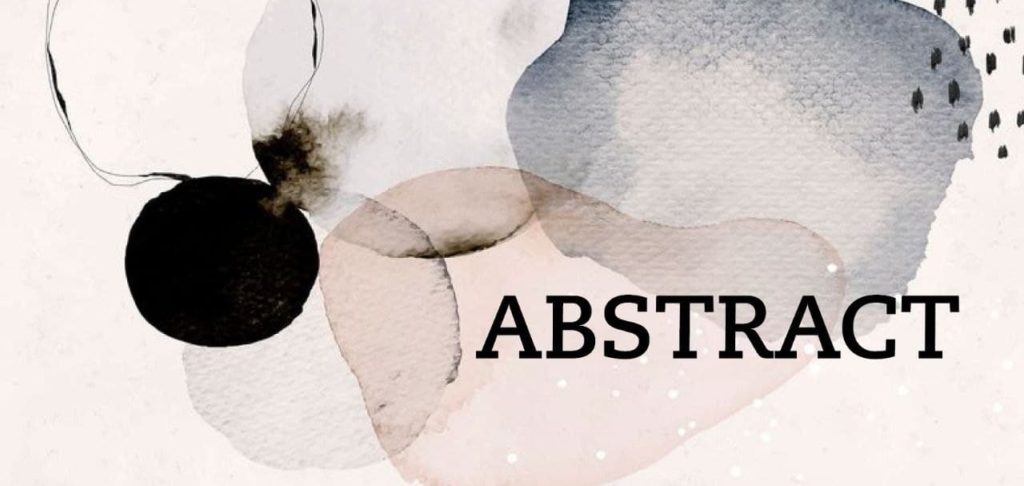The association between post-dural puncture headache and needle type during spinal anaesthesia: a systematic review and network meta-analysis
B Maranhao 1, M Liu 1, A Palanisamy 1, D T Monks 1, P M Singh 1Affiliations expand
- PMID: 33332606
- DOI: 10.1111/anae.15320
Abstract
Post-dural puncture headache is one of the most undesirable complications of spinal anaesthesia. Previous pairwise meta-analyses have either compared groups of needles or ranked individual needles based on the pooled incidence of post-dural puncture headache. These analyses have suggested both the gauge and needle tip design as risk-factors, but failed to provide an unbiased comparison of individual needles. This network meta-analysis compared the odds of post-dural puncture headache with needles of varying gauge and tip design. We searched randomised controlled trials in medical databases. The primary outcome measure of the network meta-analysis was the incidence of post-dural puncture headache. Secondary outcomes were procedural failure, backache and non-specific headache. Overall, we compared 11 different needles in 61 randomised controlled trials including a total of 14,961 participants. The probability of post-dural puncture headache and procedural failure was lowest with 26-G atraumatic needles. The 29-G cutting needle was more likely than three atraumatic needles to have the lowest odds of post-dural puncture headache, although with increased risk of procedural failure. The probability rankings were: 26 atraumatic > 27 atraumatic > 29 cutting > 24 atraumatic > 22 atraumatic > 25 atraumatic > 23 cutting > 22 cutting > 25 cutting > 27 cutting = 26 cutting for post-dural puncture headache; and 26 atraumatic > 25 cutting > 22 cutting > 24 atraumatic > 22 atraumatic > 25 atraumatic > 26 cutting > 29 cutting > 27 atraumatic = 27 cutting for procedural success. Meta-regression by type of surgical population (obstetric/non-obstetric) and participant position (sitting/lateral) did not alter these rank orders. This analysis provides an unbiased comparison of individual needles that does not support the use of simple rules when selecting the optimal needle. The 26-G atraumatic needle is most likely to enable successful insertion while avoiding post-dural puncture headache but, where this is not available, our probability rankings can help clinicians select the best of available options.
Keywords: PDPH; backache; failure; headache; spinal anaesthesia.
© 2020 Association of Anaesthetists.
References
- Memtsoudis SG, Cozowicz C, Bekeris J, et al. Anaesthetic care of patients undergoing primary hip and knee arthroplasty: consensus recommendations from the International Consensus on Anaesthesia-Related Outcomes after Surgery group (ICAROS) based on a systematic review and meta-analysis. British Journal of Anaesthesia 2019; 123: 269-87.
Show all 83 references AMA APA MLA NLM
Search result 3 of 281 for headachePrevalence of Headache in Patients With Coronavirus Disease 2019 (COVID-19): A Systematic Review and Meta-Analysis of 14,275 Patients.Islam MA, et al. Front Neurol. 2020. PMID: 33332606 Free PMC article.Background: Coronavirus disease 2019 (COVID-19) started to spread globally since December 2019 from Wuhan, China. Headache has been o …?Systematic review of reviews of symptoms and signs of COVID-19 in children and adolescents.Viner RM, et al. Arch Dis Child. 2020. PMID: 33332606All other symptoms or signs including rhinorrhoea, sore throat, headache, fatigue/myalgia and gastrointestinal symptoms including dia

